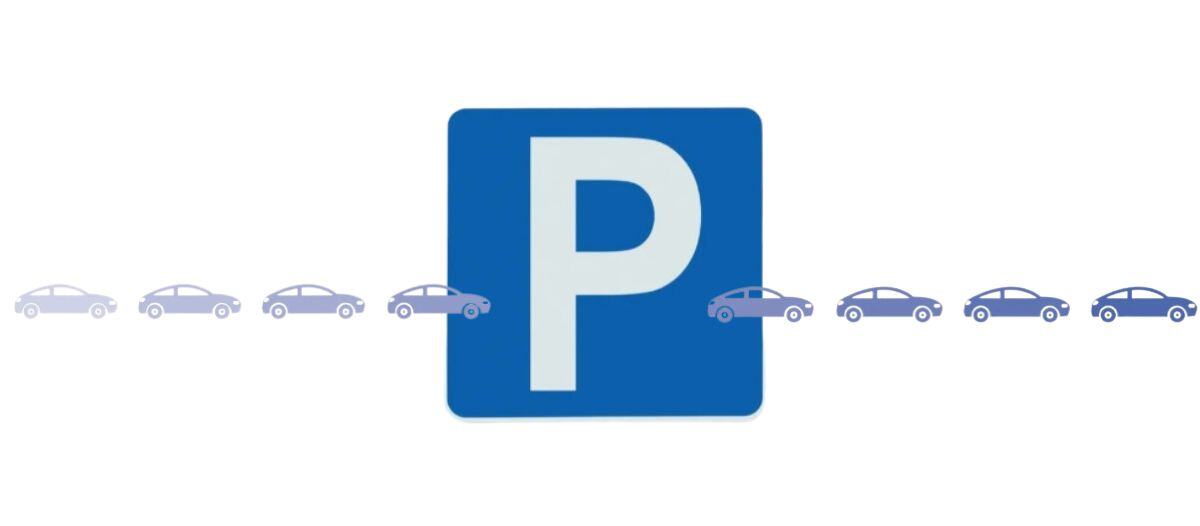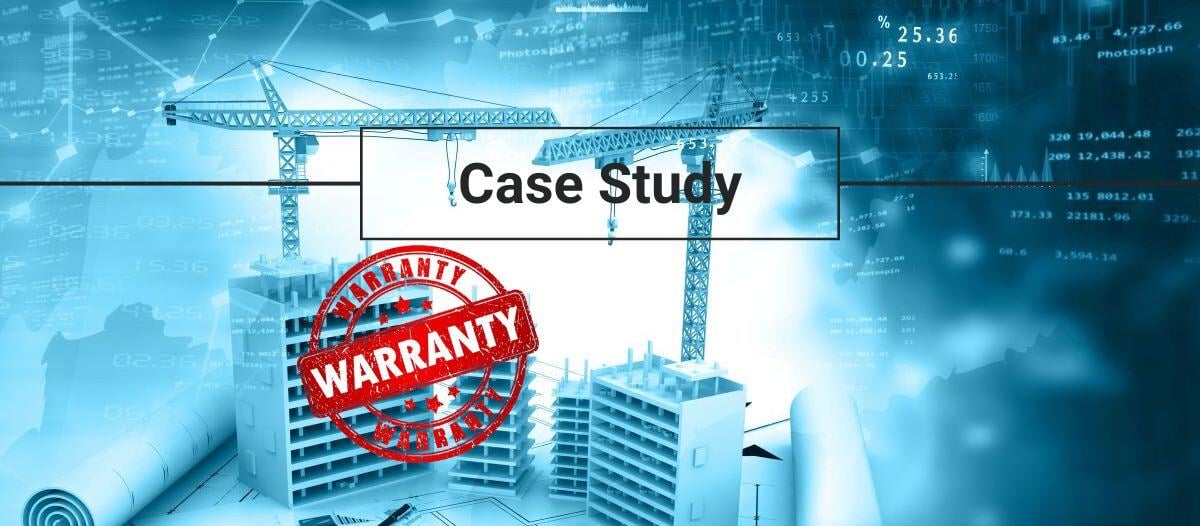$mart Park
Generating revenue in hybrid work

Parking operations are in a state of flux. Industry forecasts are optimistic about the future, projecting that 2023 revenues will outpace 2019 levels by 10 percent. But many parking operators are worried about demand, especially those who rely on office workers for revenue.
According to LinkedIn, only half of all employees are working in the office full-time. Some experts predict that office vacancies will reach record levels by 2030. Offices are no longer a reliable source of parking revenue Monday through Friday. Now, parking utilization follows a bell curve with moderate or low activity on Monday, followed by a spike on Tuesday and Wednesday. Then it begins to decline on Thursday, leading to a near complete drop in activity on Friday.
Ideas for quick wins
In the early days of the pandemic, many parking operators turned to tried-and-true tactics, like allowing car dealerships to use unused spaces, to make up for lost revenue. But many of those options have been exhausted, especially as supply chain challenges reduced car inventories. To gain some short-term wins, parking operators should shift their focus to transient customers and consider non-traditional methods to creatively use space to drive revenue.
Expand the geography of businesses that parking facilities support and create targeted deals to attract their customers. For example, if nearby retail shops are offering a sale (such as around a holiday), offer discounts to draw their customers to a specific lot or garage.
Expanding operating hours can also open more earning opportunities. While nights and weekends may have been quiet hours for a facility, it is a good idea to consider offering discounts for customers who park during off-peak times. To make these changes effectively, operators may need to implement security enhancements like additional lighting and signage that improve safety and navigation at night.
Adapt to the needs of a hybrid environment
Customers do not want to pay for parking every day when they are only in the office a few times a week. To make their regular parking facility more attractive to them, shift away from the monthly payment model to a more flexible approach:
- Offer hybrid office workers the capability to pay for a certain number of days or hours per month. With this model, customers pay up front, so the organization can gain interest from the revenue.
- Offer customers the capability to share a monthly pass with someone who works an opposing schedule. For example, someone who comes in on Monday and Wednesday can share a pass with someone who comes in on Tuesday, Thursday and Friday.
- Offer loyalty programs. Without the monthly model, customers may choose to park at different facilities based on rates and accessibility. Offering rewards for loyalty can increase customer stickiness.
Integrated parking technology is essential to implementing these strategies. With an interconnected tech ecosystem, operators can allow customers to pre-purchase parking for a certain number of days or hours. They can then use their phone to scan in and out of the garage and their balance adjusts throughout the week or month.
Implement smart marketing strategies
If a parking facility is in an area that has seen a major downturn in demand, several area parking facilities will likely be seeking ways to be more competitive. Operators need to get crafty to stand out.
For example, operators can take a new approach to early bird rates. Traditionally, early bird rates are offered when customers arrive and exit before a certain time. The rates were structured to maximize occupancy without cannibalizing parking capacity during peak operating hours. Today, operators should consider offering more than one early bird rate. They can have one rate for Monday and Friday, and another rate for the peak days of Tuesday through Thursday.
Offering event rates is also a good strategy. Many cities and community leaders are hosting events like festivals and wine tours to attract people downtown. These event rates can make a venue an attractive choice for parking by offering special event rates.
Embrace dynamic pricing
Dynamic pricing has been buzzing in parking circles for some time. European and large American cities have successfully adopted it to manage limited inventories. Now, it is emerging as a potential solution to addressing the parking capacity challenges posed by the hybrid working model.
With the dynamic approach, parking rates are adjusted in real-time based on demand, benefiting both the organization and its customers. Organizations can earn more revenue for spaces at peak hours, and customers who park during off-peak times get a fair rate. Dynamic parking rates can also fluctuate over longer periods of time. Holiday weeks, for example, may attract fewer customers. Dynamic pricing allows parking facilities to offer a more competitive rate to those who are coming into the office.
An effective dynamic pricing model should incorporate the following elements:
- The ability to capture real-time and historical data on capacity, peak times and premium spaces
- Connected digital signage that clearly displays current parking rates
- Regular reviews to monitor revenue on a daily, weekly and monthly basis
Being able to analyze and act on data is essential to a successful dynamic pricing program. To get started with competitive rates, operators must be able to forecast demand. Once the program is in place, monitoring customer behavior, demand fluctuations will enable them to refine pricing.
Optimize parking apps
For parking facilities that are not already offering a parking app, now is a good time to start. And if they are using one, now is a good time to optimize it. Static apps that are geared only towards offering the lowest cost are no longer competitive enough. Expand features to make the app more useful for customers. Consider offering features like tracking hours or days used, alerting customers before their time expires and ratings and reviews.
To ensure that app investments pay off, ensure the following during implementation:
- Prioritize ease of use. If the app is glitchy or difficult to navigate, user adoption and satisfaction will suffer.
- Integrate the app with other technology such as parking management systems and revenue control equipment.
- Plan for regular updates to improve features. This is critical, because new features can open more opportunities to improve the customer experience and generate revenue.
Elevate the use of EV chargers
As electric vehicle sales increase sharply — they are projected to account for 60 percent of auto sales by 2030 — EV charging has quickly evolved from a nice-to-have differentiator to a must-have feature. Many facilities typically install Level 2 chargers, which take roughly 4-10 hours to recharge a vehicle. Level 2 chargers are sufficient for office workers who spend a full workday occupying a space. But if operators want to attract more transient customers, consider upgrading to Level 3 chargers, which can fully charge a vehicle in as little as 15 minutes.
In the long-term, EV chargers can change the way customers interact with a facility. Consider offering amenities that will improve the charging experience. Some facilities may benefit from shifting to a gas station model, where people can access conveniences like snacks, beverages and restrooms while they wait to charge.
Considerations for new construction
Construction of new parking facilities is no longer business as usual. Not only do operators have to contend with fluctuations in demand but cities are reducing or removing minimum parking requirements. These changes reflect several trends, including the rise of hybrid work and growing interest in reducing car dependence.
Operators must embrace these trends and prepare for their impact. New lots and garages should include accommodations for transit connections, rideshare pickups, bikes and scooters, as well as increased foot traffic. Safety and easy wayfinding should be infused in the design and operations plan.
Pursuing new partnerships can also open revenue streams. For example, partnering with a nearby hotel to provide spaces during off-peak hours. In the past, these kinds of partnerships were one-offs born out of need, such as a major convention or a major downtown event. Considerations for these partnerships did not factor into construction.
Today, operators should proactively pursue and nurture these relationships and consider how they will impact design. Determining where to place entrances and exits, for instance, can make a significant difference in making a parking facility an attractive option for patrons of nearby facilities.
Embracing the new parking paradigm
Generating revenue in the short- and long-term requires an open mind and, more importantly, a willingness to collaborate with neighbors and civic leaders. This is especially critical in urban areas, where shifts in parking facility utilization and community sentiment are rapidly evolving.
To keep up, parking operators must proactively engage with community partners, gather insights on customer behavior and leverage technology to adapt to their needs. For many parking managers, working with a parking expert will be key to identifying effective strategies and implementing them successfully. The most successful parking operators will be able to engage the right partners and adapt as the parking paradigm evolves.

Tim Helmboldt is an experienced advisor working with many of ABM’s most prestigious clients. His experience includes more than 25 years as a successful manager of relationships, with a proven track record of driving large operations with impeccable execution and achievement. Before joining ABM in 2013, Helmboldt held a variety of leadership and senior roles within the hospitality & tourism, technology, and healthcare industries. He has been involved with and held committee roles with several organizations, including IFMA. Helmboldt earned a Bachelor of Business Management & Economics degree from George Fox University.
Read more on Finance & Business , Project Management and Real Estate
Explore All FMJ Topics









